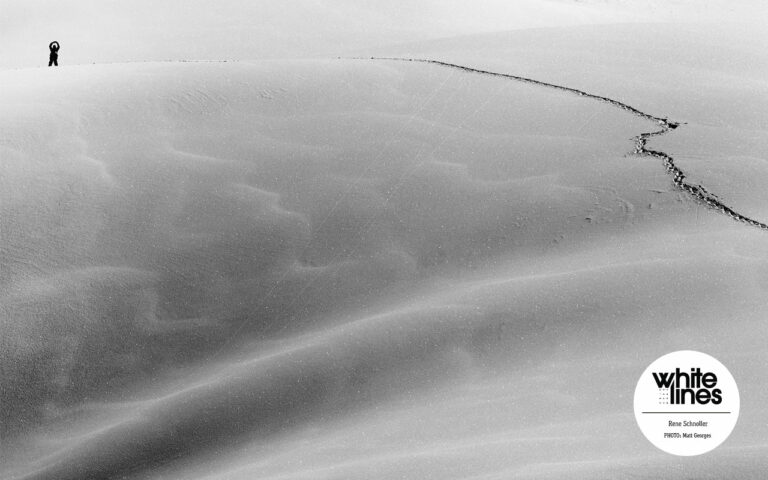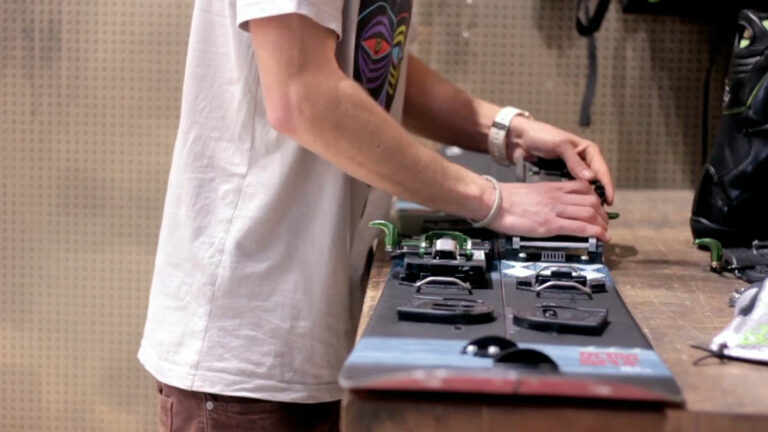
Avalanches are a scary reality of the mountains and a risk we take every time we strap into our boards. With the weather becoming more and more unpredictable in mountain environments, it is more important than ever to arm yourself with some basic backcountry knowledge. There is no way we can cover everything here, but these simple facts and tips on how to read an avalanche forecast will hopefully help you avoid becoming an avalanche statistic.
• Generally the best way to avoid avalanches is to keep track of the local weather reports at least seven days prior to your trip. Find out as much as possible about the area and try to get information about the snowfall and snow base over the current season. You should be able to do this through the resort’s website.
• In resort you will be able to get an avalanche report for the day. This is displayed very clearly on a big board, and is normally found at the main lift station, lift pass office or tourist office. If you can’t find it, ask a liftie or a member of resort staff.
Avalanche Forecasts
The avalanche report will be graded in the following format (these do differ slightly from country to country but this is a good guide to work with):
1 – Low
Snow is generally very stable.
Avalanches are unlikely except when heavy loads are applied on a very few extreme steep slopes. Any spontaneous avalanches will be minor (sluffs).
2 – Limited
On some steep slopes the snow is only moderately stable. Elsewhere it is very stable.
Avalanches may be triggered when heavy loads are applied, especially on a few generally identified steep slopes. Large spontaneous avalanches are not expected.
3 – Medium
On many steep slopes the snow is only moderately or weakly stable.
Avalanches may be triggered on many slopes even if only light loads are applied. On some slopes, medium or even fairly large spontaneous avalanches may occur.
4 – High
On most steep slopes the snow is not very stable.
Avalanches are likely to be triggered on many slopes even if only light loads are applied. In some places, many medium or sometimes large spontaneous avalanches are likely.
5 – Very High
The snow is generally unstable.
Even on gentle slopes, many large spontaneous avalanches are likely to occur.
Avalanche Gear
As well as becoming familiar with this scale, if you are heading off-piste it is absolutely essential you carry the following equipment – and make sure your riding buddies have it… no use if you’re buried and they can’t get you!
• Avalanche Transceiver
• Shovel
• Probe
• Survival Blanket
• First Aid Kit
Avalanche Safety Courses
The best thing you can ever do to minimize your chances of been caught in an avalanche is learn – there’s loads of great courses out there to help you keep safe.
Check out alpinecoaching.co.uk
French Avalanche Fatality Statistics – 1st October 2005 to the 30th September 2006
Ski Touring : 20
Off Piste Skiing : 22
Off Piste Snowboarding : 7
Snowshoeing : 1
Climbing : 5
Walking : 1
Skiing : 1
Total for the season : 57





